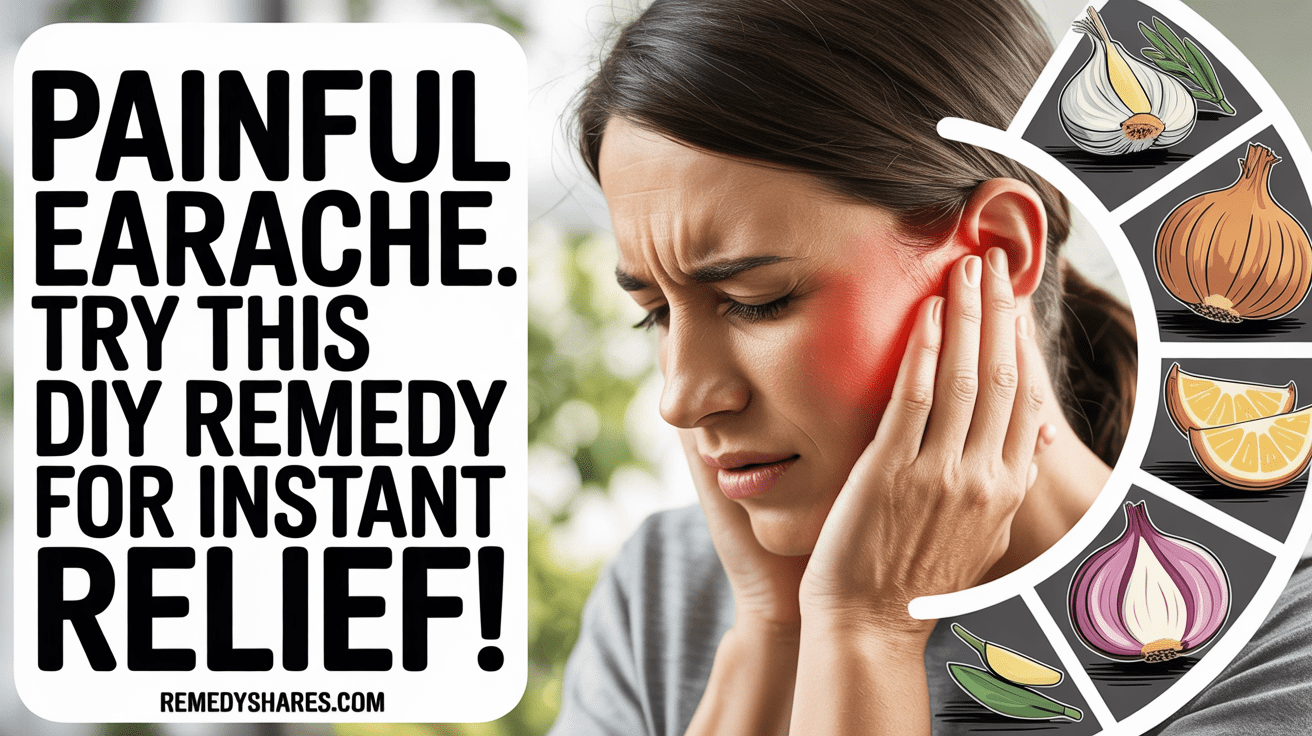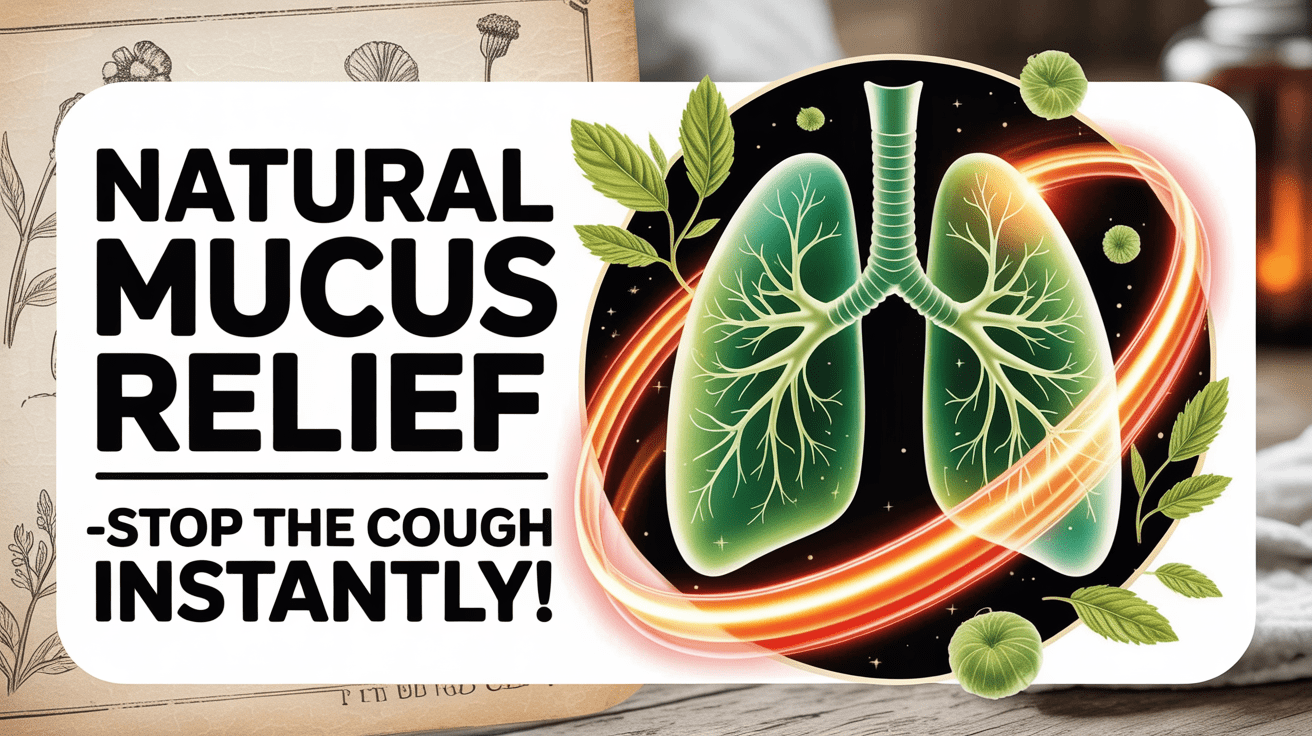Feeling that annoying ache deep in your ear? You know, that sharp, sometimes throbbing pain that makes it hard to focus or even swallow? Earaches are incredibly common, hitting people of all ages, but especially kids. They can make you feel uncomfortable, sometimes causing temporary hearing loss or that frustrating plugged-up sensation.
Often, this pain pops up because of things like ear infections, pressure changes from sinuses or altitude, or even an irritated ear canal. When pesky bacteria or viruses sneak into your middle ear, usually through the tube connecting your ear to your throat (the Eustachian tube), they can cause inflammation and that buildup of fluid that hurts. Sometimes, simple things like swimming, too much ear wax, or using cotton swabs can irritate your ear canal too. You might find they’re more common during cold and flu season or when your allergies flare up.
Understanding Earache Pain and Common Causes
That intense discomfort can feel like a sharp or throbbing pain right inside your ear. It often makes swallowing uncomfortable and can lead to feeling like your ear is full or even temporary hearing loss.
The usual suspects behind earaches include ear infections, sinus pressure, problems with your teeth, or even just changing altitude. Ear infections often start when viruses or bacteria enter your middle ear, triggering inflammation and fluid buildup.
Natural Ingredients for DIY Ear Pain Relief
Good news! Your kitchen likely holds some potential helpers for soothing that ear pain. You might be surprised how effective common items can be when you use them correctly.
Here are a few you can consider:
- Garlic: It’s known for being anti-inflammatory and antimicrobial. You can warm crushed garlic in olive oil.
- Tea Tree Oil: This has natural antiseptic properties and can help with pain. Just make sure to dilute it with a carrier oil and only apply it around the outside of your ear.
- Ginger: This root is great at reducing inflammation and can even help fight infection. Try using it to make a warm compress with ginger tea.
Remember, these natural approaches work best when you catch the earache early.
Step-by-Step Guide to Making Your Earache Remedy
Creating a safe and effective remedy at home is simple. You only need your chosen natural ingredient, a carrier oil, and some basic kitchen items.
Grab a clean, small glass bowl. Combine one tablespoon of your chosen carrier oil with three drops of your natural ingredient.
Gently warm this mixture. The best way is to place the bowl in hot water for about two minutes. Always test the temperature on your inner wrist before you even think about putting it near your ear. You want it warm, but definitely not hot!
Applying the DIY Treatment Safely and Effectively
Okay, you’ve got your remedy ready. Now, proper application is absolutely key for getting relief and staying safe. Start by giving your hands a good wash. Make sure your ear canal feels clean and dry too.
Tilt your head sideways so the affected ear points up. Lie down comfortably on a flat surface. Using a clean dropper, carefully place 2-3 drops of your warmed mixture into the ear canal. Be gentle – don’t push the dropper itself into your ear; just let the drops fall in.
Stay put in that position for 5-10 minutes. This gives the solution time to really get in there and work. You can even gently massage the area just below your ear; this might help the liquid move around a bit.
When you’re done, slowly sit up. Use a clean cotton ball to gently dab away any liquid that comes out. You can repeat this process up to three times a day. Keep doing it until you start feeling better.
Warning Signs: When to See a Doctor
While these home remedies can be great for minor ear pain, some symptoms mean you need to see a doctor right away. Untreated ear infections, in particular, can lead to more serious issues.
Don’t wait to call your doctor if you notice any of these warning signs:
- Severe pain that’s so bad it keeps you awake or makes it impossible to focus.
- Any blood or pus draining from your ear. This could mean your eardrum has ruptured.
- Weakness in your face, feeling dizzy, or having trouble with your balance. These could point to problems with your inner ear.
- A fever above 102.2°F (39°C), especially if you also have a stiff neck or a persistent headache.
Listen to your body and trust your gut. If something feels off, getting checked out by a healthcare professional is always the best call.
Preventing Future Ear Pain Episodes
Once you’ve dealt with an earache, taking a few simple steps can help you avoid getting them again.
Keep your ears dry after swimming by tilting your head. Consider using earplugs whenever you’re in the water. Avoid putting cotton swabs or anything else into your ear canal. You can push wax deeper or even injure your ear.
Looking after your upper respiratory health helps too. Wash your hands often, drink plenty of water, and manage any allergies effectively. If you tend to get ear infections, running a humidifier when the air is dry can help. Also, steer clear of secondhand smoke.
When you’re flying, chewing gum or yawning during takeoff and landing can help balance the pressure in your ears. And don’t skip your regular check-ups with your doctor, especially if ear problems have been an issue for you in the past. They can spot potential issues early.
Additional Home Remedies and Natural Alternatives
Besides the oil-based remedies, there are other natural ways to help ease ear discomfort. These gentle options can be particularly helpful when combined with getting enough rest and staying hydrated. Many people have relied on these trusted methods for a long time.
Try holding a warm, damp washcloth against your ear while lying on your side. The gentle heat can be very soothing.
Another simple option is to put 1-2 drops of warmed olive oil into your ear canal using a clean dropper.
You can also make a paste using turmeric and honey and apply it around your ear, focusing on the area behind and below it. Just make sure it doesn’t go inside your ear. This can help reduce inflammation.
Chewing sugar-free gum is a good trick, especially when traveling or dealing with altitude changes. It helps equalize pressure and encourage fluid drainage. These natural alternatives work best when you use them consistently from the first sign of discomfort until you feel better.
Frequently Asked Questions
Can I Use This Remedy if I Have Ear Tubes?
No, absolutely not. If you have ear tubes, you should never use any DIY ear remedies. Tubes need special care, and using home treatments could cause serious issues. Always check with your doctor first.
How Long Does the Homemade Remedy Stay Fresh?
You’ll want to make a fresh batch every single time you need it. Don’t store homemade ear drops for more than 24 hours. They can grow bacteria and won’t be as effective.
Is This Treatment Safe for Babies Under Six Months Old?
Homemade ear remedies are not safe for babies under six months. Always talk to your pediatrician first. They can recommend safe, medically approved treatments designed specifically for infants.
Can I Make Larger Batches and Store for Future Use?
Again, it’s not safe to store homemade ear drops. Harmful bacteria can develop in them. For your safety and the best results, always make a fresh batch right before you need it.
Will This Remedy Help With Airplane Ear Pressure Problems?
Yes, this kind of remedy can be helpful for that uncomfortable feeling of airplane ear. Many people find using it before takeoff and landing makes a difference.
Dealing with an earache is never fun, but sometimes simple, natural approaches can offer quick relief when used correctly and safely. Always listen to your body and know when it’s time to get professional help. Stay well!










